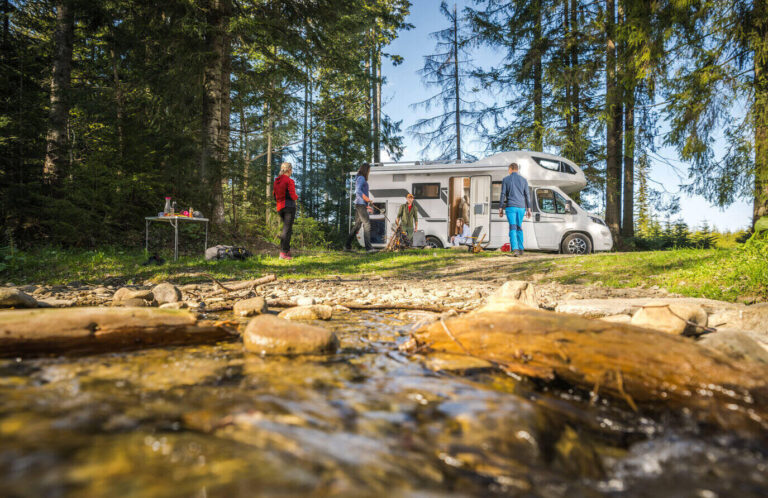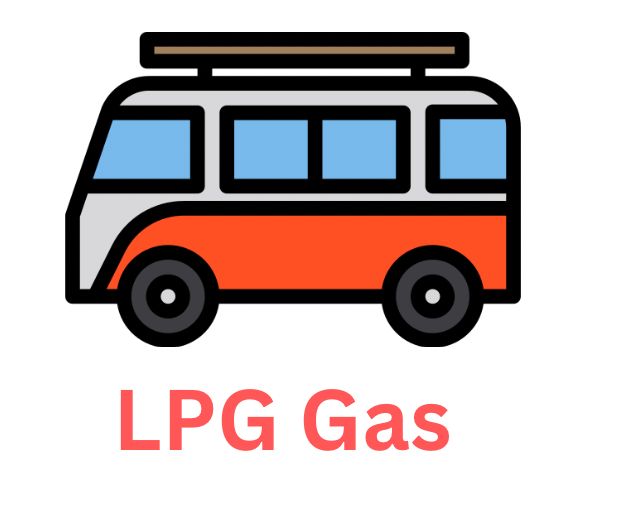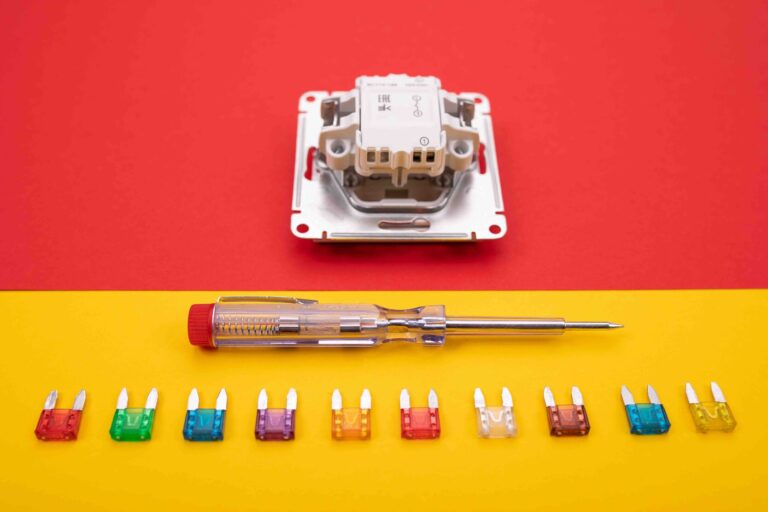Portable Solar Panels for RV’s : Exploring the Free power
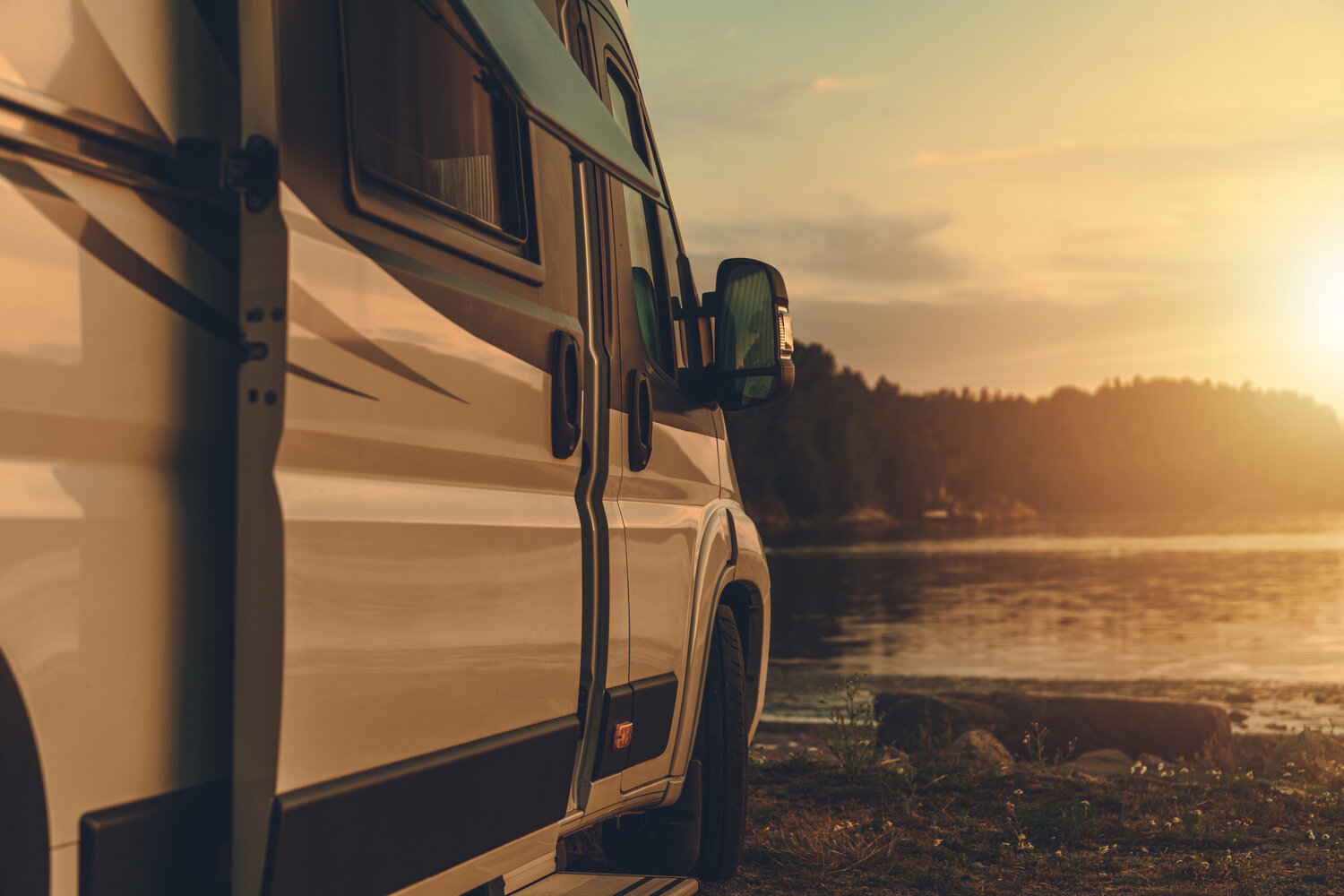
Portable Solar Panels?
( To have or not to have that is the question) Imagine being on an unforgettable road trip, surrounded by breathtaking landscapes, and embracing the freedom of exploring nature. Now, imagine being able to harness the FREE power of the sun while enjoying your off-grid adventures. OR NOT ??
That’s where portable solar panels come into play. These lightweight, portable devices can generate electricity from sunlight, providing RVers with a reliable and sustainable source of power.
Portable power stations are also an important component of using free power read more from a recent review of mine I plug my portable Bluetti panels directly into my Bluetti Power Bank and store all the free power to consume at my leisure.
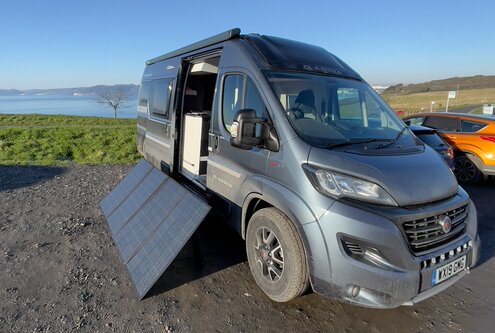
In recent years, there has been a remarkable surge in the popularity of solar power within the RV community. People are becoming increasingly aware of its numerous benefits, including:

- Reduced carbon footprint: Solar power is a clean and renewable energy source, which means it does not produce greenhouse gases. This is a major consideration for RVers who are looking to reduce their environmental impact.
- Independence from traditional energy sources: Solar panels allow RVers to become more independent from traditional energy sources, such as generators and the electrical grid. This can save money and give RVers more flexibility in their travels.
- Portability: Portable solar panels are lightweight and easy to transport, making them a great option for RVers who want to be able to move around freely.
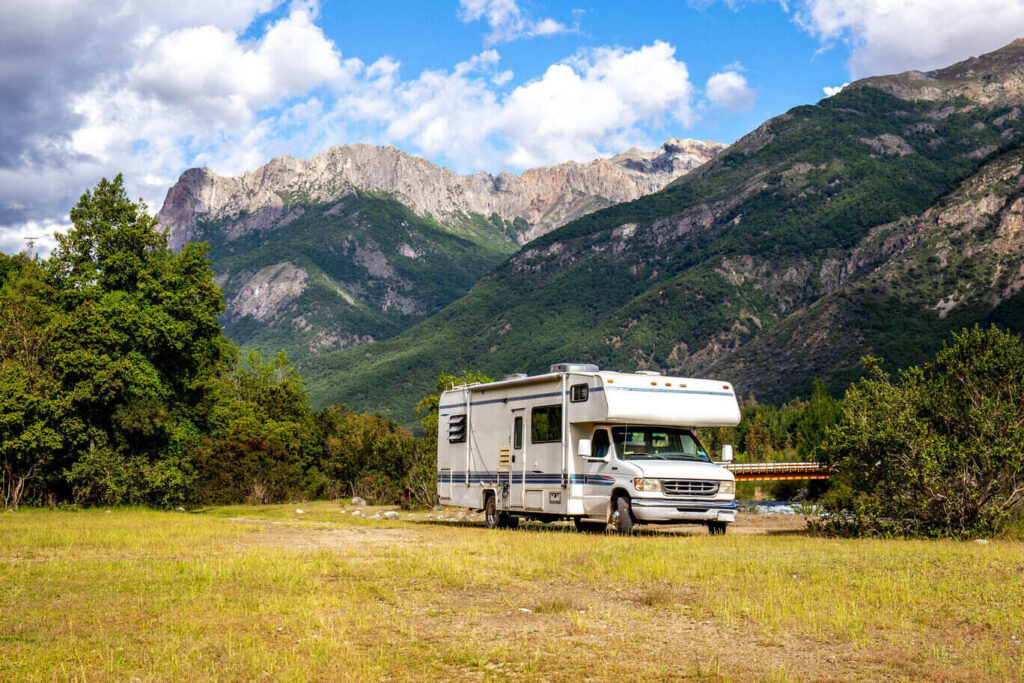
Importance of portable solar panels for off-grid adventures
When you go off-grid in your RV, reliable access to electricity is essential. Portable solar panels offer a convenient and flexible way to generate power in remote locations. Unlike traditional generators, solar panels are clean, quiet, and portable. This means you can stay off-grid for longer periods of time without disturbing wildlife or other campers.
Portable solar panels can be used to charge batteries, run appliances, and even power lights. This gives you the freedom to explore remote areas without worrying about running out of power. So why limit yourself to crowded campgrounds when you can venture off-grid and experience the beauty of nature?
Understanding Solar Power Basics
Shedding Light on Sun-Powered Magic
When it comes to portable solar panels for RVs, understanding the basics of solar power is like unlocking the secrets of the universe.
Okay, maybe not that dramatic, but it’s still pretty cool! So, how do these tiny panels harness sunlight and magically turn it into electricity?
Let’s break it down.
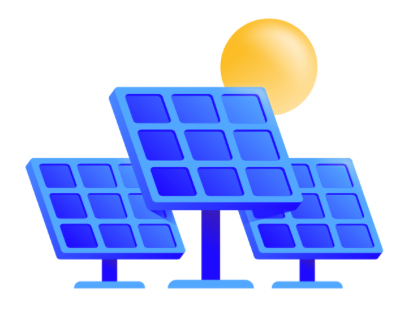
How Portable Solar Panels Work
Portable solar panels for RVs are a great way to generate electricity on the go. But how do they work?
The magic of portable solar panels lies in photovoltaic technology. When sunlight hits the surface of a solar panel, it’s absorbed by individual units called photovoltaic cells. These cells are typically made from semiconducting materials such as silicon.
When photons (particles of light) strike these cells, they excite electrons within the semiconductor material. This excitement triggers a flow of electrons and creates an electric current. This is how portable solar panels convert sunlight into electricity.
It’s like capturing a little piece of sunshine and transforming it into usable power for your RV adventures.
Here are the basic steps on how portable solar panels work:
- Sunlight hits the surface of a solar panel.
- The sunlight is absorbed by photovoltaic cells.
- The photovoltaic cells excite electrons within the semiconductor material.
- The excited electrons create an electric current.
- The electric current is used to power RV appliances and devices.
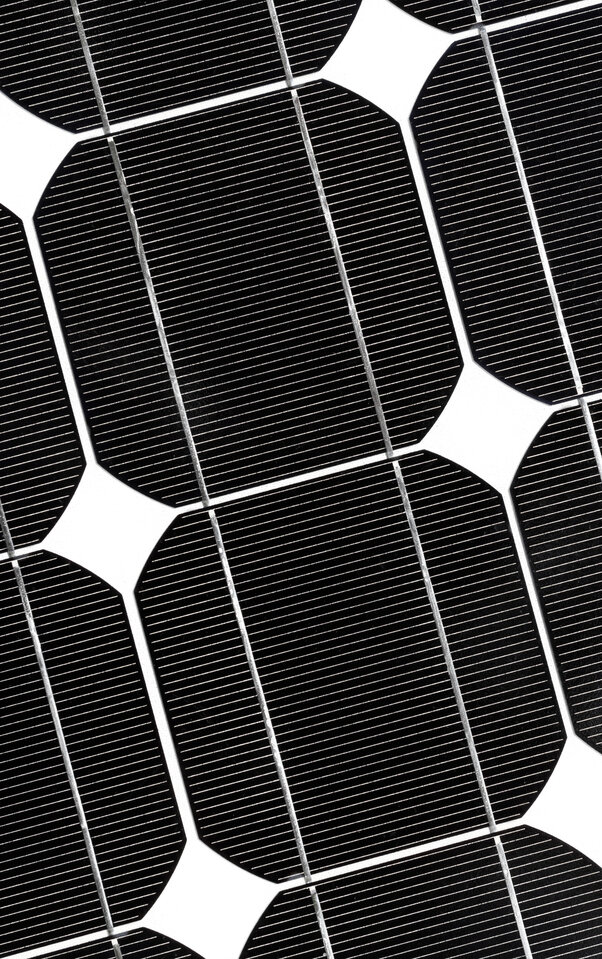
The Power Players: Photovoltaic Cells
Photovoltaic cells are truly the unsung heroes behind solar power generation. They play a pivotal role in converting sunlight into electrical energy within each solar panel. These ingenious little devices consist of several layers that work together harmoniously to produce power.
At its core, each photovoltaic cell has two layers:
N-type layer (negative charge)
P-type layer (positive charge).
The boundary between these layers is aptly named the p-n junction.
When sunlight hits this junction, its energy knocks loose electrons in the semiconductor material. The excited electrons then jump across this boundary and create an electric field between the two layers.
This electric field forces all those wayward electrons to flow in one direction – creating an electrical current that can be harvested for various applications, including charging your RV batteries.
It’s like a tiny army of electrons marching together, generating power for your adventures on the road.
Beyond the Basics: Solar Panel Technologies
Now that we’ve covered the science behind solar power, let’s explore the different types of solar panel technologies available for RV use. When it comes to portable solar panels for your trusty recreational vehicle, you have a few options to consider.

Monocrystalline panels are often recognized as the gold standard in terms of efficiency and performance. These sleek panels are made from a single crystal structure, allowing them to convert sunlight into electricity with exceptional efficiency.
They boast higher power output per square foot and are ideal if you have limited space on your RV roof.

Polycrystalline panels, on the other hand, are made from multiple silicon crystals combined into one module.
While they might not be as efficient as their monocrystalline counterparts, they offer a more budget-friendly option without compromising too much on performance.

Thin-film solar panels which utilize a different manufacturing process altogether.
They consist of a thin layer of photovoltaic material deposited onto a substrate such as glass or metal. These panels tend to be less efficient but offer flexibility and durability that make them perfect for unconventional RV designs or situations where weight is a concern.
Understanding these different types of solar panel technologies can help you make an informed decision when selecting portable solar panels for your RV journey ahead. After all, knowledge is power – pun intended!
Benefits
- Freedom from noisy generators: Solar panels are silent and emission-free, so you can enjoy a more peaceful and environmentally friendly camping experience.
- Reliably power your RV appliances and devices: Solar panels can power your RV appliances and devices even when you’re not in a campground.
- Explore remote locations: Solar panels allow you to go off-grid and explore remote locations without having to worry about finding electrical hookups.
- Environmental advantages: reducing carbon footprint while exploring nature
- Cost savings: in the long run by harnessing free energy from the sun
Factors to Consider
When choosing portable solar panels for your RV, you need to consider the following factors:
- Wattage requirements: How much power do you need to run your appliances and devices?
- Size and weight: How much space do you have on your RV?
- Durability, weather resistance, and warranty: How well will the panels withstand the elements?
By considering these factors, you can choose portable solar panels that will meet your needs and provide reliable power generation for your RV adventures.
Tips : for positioning panels optimally to maximize sunlight exposure
- Consider the direction of the sun. In the northern hemisphere, solar panels should face south, while in the southern hemisphere, they should face north. This will ensure that the panels receive the most sunlight during the day.
- Tilt the panels at an angle that matches your latitude. The angle of the sun’s rays varies depending on your latitude, so tilting the panels at the correct angle will help them absorb more sunlight. A good rule of thumb is to tilt the panels at an angle equal to your latitude.
- Avoid parking near tall objects that could cast shadows on the panels. Even small shadows can significantly reduce the amount of sunlight that the panels receive, so it’s important to park in a location where the panels will be unobstructed.
- Monitor the position of the sun throughout the day and adjust the panels as needed. The position of the sun changes throughout the day, so it’s important to check the position of the panels regularly and adjust them as needed to ensure that they are always receiving maximum sunlight.
Connection methods between solar panels, charge controllers, batteries, and inverters
Once your solar panels are mounted securely, it’s time to connect them to the other components of your RV’s solar power system. The first connection is between the panels and the charge controller, which regulates the amount of power flowing into your RV’s batteries.
Connecting the solar panels to the charge controller:
- Identify the positive and negative terminals on both the solar panel cables and the charge controller.
- Match the positive terminal from each panel to the corresponding positive terminal on the charge controller.
- Repeat this process for the negative terminals.
- Secure the connections by tightening any provided screws or clamps.
Connecting the charge controller to the battery bank:
- Connect the positive terminal from your charge controller to the positive terminal of your battery bank.
- Repeat this process for the negative terminals.
Connecting an inverter to the battery bank:
- If you wish to use AC-powered devices in your RV, you’ll need an inverter, which converts DC (direct current) power from your batteries into AC (alternating current) power suitable for standard household appliances.
- Connect one end of an inverter cable to your battery bank.
- Match the corresponding terminals on the inverter device itself with the terminals on the inverter cable.
Tips:
- Use the correct size cables for the amount of current that will be flowing through them.
- Make sure all connections are tight and secure.
- Avoid using any sharp objects that could damage the cables or terminals.
- Disconnect the battery bank before making any connections.
Selecting the Right Battery System for Your Portable Solar Panel Setup
Battery Types for Portable Solar Panel Setups
There are two popular battery types for portable solar panel setups: AGM (Absorbent Glass Mat) and lithium-ion batteries.
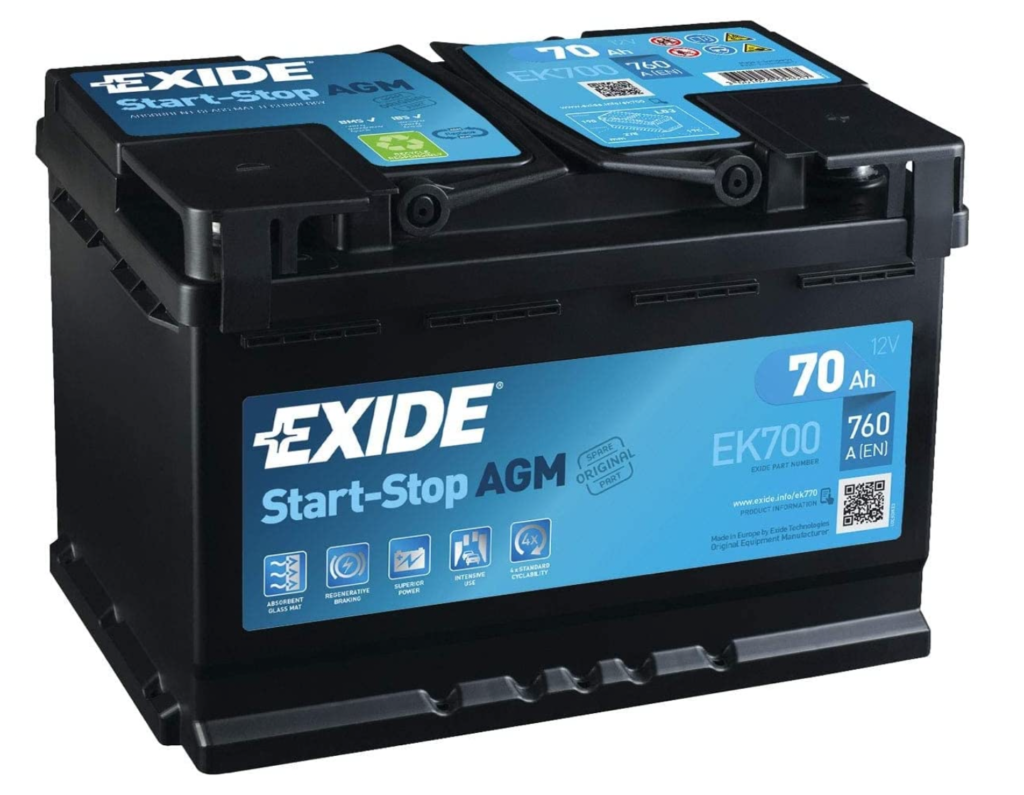
AGM Batteries
- Advantages:
- Durable
- Deep-cycle capable
- Resistant to vibration
- Maintenance-free
- Disadvantages:
- Heavier than lithium-ion batteries
- Lower energy density
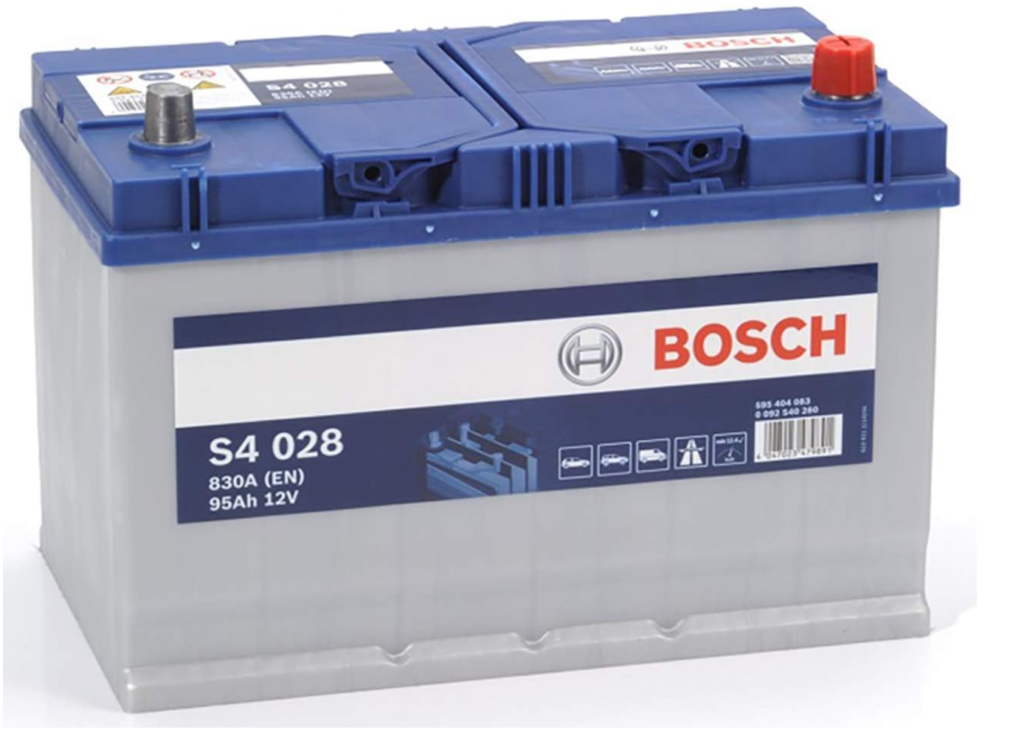
Lithium-Ion Batteries
- Advantages:
- Lightweight
- High energy density
- Longer lifespan
- Disadvantages:
- More expensive than AGM batteries
Calculating Battery Capacity for Camping Trips
To determine the right battery capacity for your camping trips, you need to calculate your average daily energy consumption. This includes the wattage usage of your electrical devices over a 24-hour period.
Once you have the wattage numbers for your devices, consider the number of hours you plan to use them each day. Multiply the wattage by the hours of usage to get the total watt-hours consumed daily.
For example, if your fridge uses 50 watts and runs for 10 hours a day, that’s 500 watt-hours.
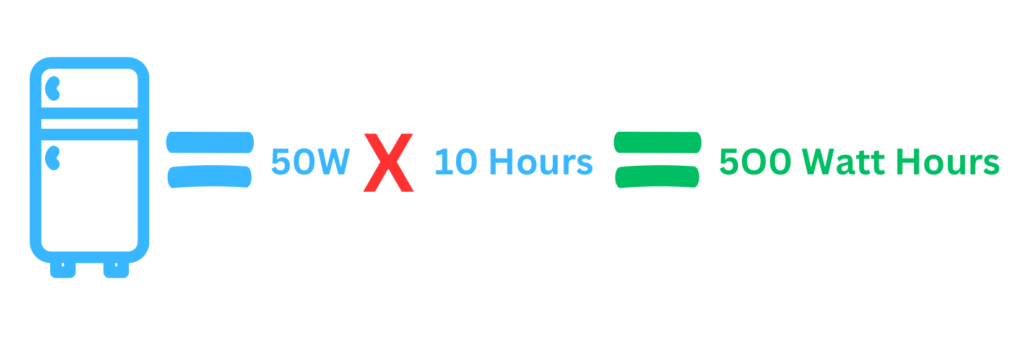
Next, factor in the number of days you want your battery system to sustain your energy needs without relying on solar charging. Multiply the daily consumption (in watt-hours) by the number of days to calculate your total energy storage requirement.
Remember to account for inefficiencies in energy conversion and losses during storage. It’s recommended to add a buffer of around 20-30% to ensure ample reserve capacity in case of unexpected circumstances or reduced solar charging efficiency.
Maintenance Tips to Prolong Battery Life
Proper maintenance is crucial for prolonging the life and optimizing performance of your RV’s battery system. Here are some essential tips:
- Regularly check battery voltage. Use a multimeter to monitor voltage levels and ensure they are within manufacturer-recommended ranges. Low voltage can indicate discharged batteries or potential issues with charging equipment.
- Avoid deep discharges. While AGM batteries are better suited for deep-cycle applications than lithium-ion batteries, it’s still important not to discharge them below 50% capacity regularly. This practice helps extend their lifespan and overall performance.
- Keep batteries clean and dry. Ensure your battery compartments are free from dirt, dust, or moisture that can lead to corrosion or electrical shorts. Clean terminals regularly using a mixture of baking soda and water followed by protective terminal sprays.
- Store batteries properly during off-season. If you’re not using your RV for an extended period, it’s crucial to store batteries in a cool, dry place and maintain their charge periodically. This prevents self-discharge and potential damage due to extreme temperatures.
- Follow charging guidelines. Understand the optimal charging parameters for your battery type and use a compatible charger or charge controller to avoid overcharging or undercharging. This helps maintain battery health and improves overall efficiency.

Maximizing Efficiency:
A. Importance of Regular Cleaning
Regular cleaning is essential for maintaining the optimal performance of your portable solar panels. Dust, pollen, and other debris can accumulate on the surface of the panels, obstructing sunlight and reducing overall efficiency.
To clean your solar panels, simply wipe them down with a soft cloth or use a gentle hose spray. You can also use a mild soap solution, but avoid using harsh chemicals or abrasive cleaners.
The frequency with which you need to clean your solar panels will depend on the environmental conditions. If you’re traveling through dusty or pollen-filled areas, you may need to clean them more often.
In addition to cleaning, it’s also important to inspect your solar panels regularly for any signs of damage or wear and tear. If you notice any problems, take steps to repair them as soon as possible.
By following these simple tips, you can keep your portable solar panels clean and well-maintained, ensuring that they generate maximum power for your RV adventures.
Here are some additional tips for maximizing the efficiency of your portable solar panels:
- Position your panels optimally. The direction and angle of your panels can have a significant impact on their efficiency. In general, you want to position your panels so that they face the sun as directly as possible. You may also want to tilt your panels slightly so that they capture more sunlight throughout the day.
- Use high-quality panels. The quality of your solar panels will also affect their efficiency. Higher-quality panels are typically more efficient than lower-quality panels.
- Minimize shading. Shading from trees, buildings, or other objects can significantly reduce the efficiency of your solar panels. If possible, try to position your panels in an area that is not shaded.
- Keep your panels clean. As mentioned earlier, regular cleaning is essential for maintaining the efficiency of your solar panels.
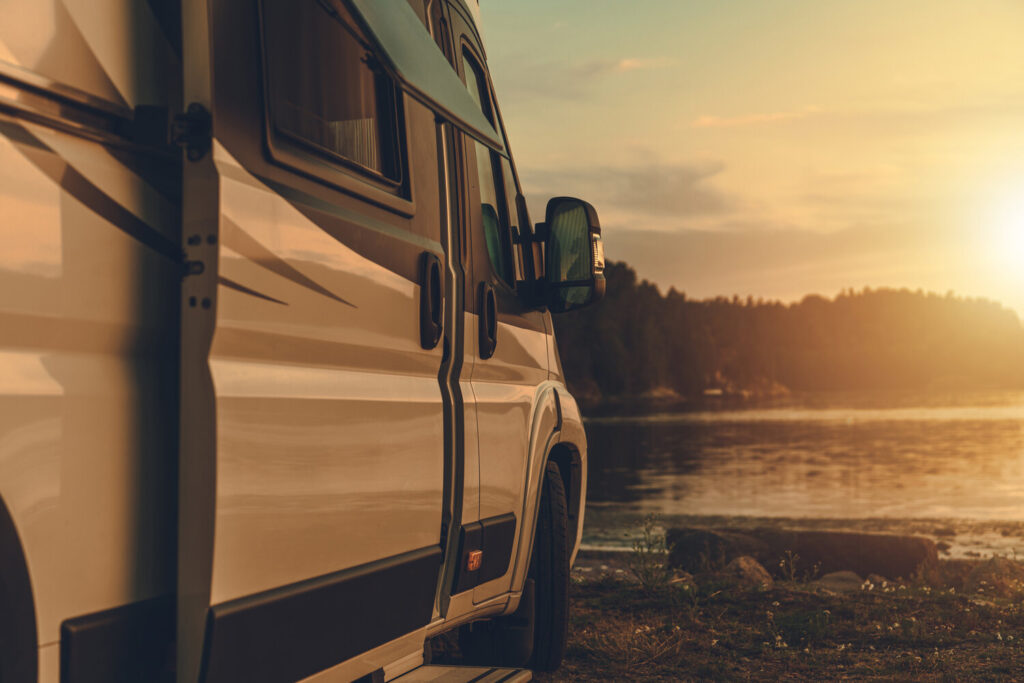
Conclusion
Portable solar panels are a great way for RV enthusiasts to embrace sustainable energy and reduce their carbon footprint. These compact power sources can free you from noisy generators and allow you to travel off-grid without worrying about finding a power source. In addition, portable solar panels are a renewable energy source, which means they do not contribute to air pollution or climate change.
If you are looking for a sustainable and eco-friendly way to power your RV, portable solar panels are a great option. With their many benefits, portable solar panels are a wise investment for RVers who want to enjoy the great outdoors while also protecting the environment, and if your interested in ideas for earning money while on the road check out our blog on this.
Written by Rich
Other blogs discussing around the topic of Batteries , Solar and portable power banks are below
Best Rv Batteries for BoonDocking
Lithium RV Batteries:The Ultimate Guide
Portable Solar Panels for RV’s : Mini Guide
RV Batteries: Beginners Guide to Choosing and Installing 2023
